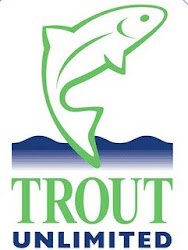
In 2023, scholar Marjorie Swann published her impressive book Environment, Society, & The Compleat Angler. Swann provides some rich social context to Izaac Walton’s famous text, The Compleat Angler, or The Contemplative Mans’ Recreation (she addresses numerous editions, including the first 1653 printing). In light on this context, Swann also offers a new analysis of what she calls “one of the most innovative and influential environmental texts ever written” (Swann, 8). Ultimately, she argues, Walton offers, through his book, “an audacious model of a new king of community in which man’s love of the natural world–not fealty to the church, the state, or the family–becomes the foundation of both individual identity and social order.” As a fan of Walton’s book and as someone whose identity is tied to his fly fishing and time spent outdoors, I must agree with Swann.
The Journal for the Study of Religion, Nature and Culture asked me to review Environment, Society, & The Compleat Angler for Volume 18, 2024 of their periodical. You can read the open access review on the Journal’s website here for my more thorough appraisal of Swann’s book. And you can purchase the book itself at the Penn State University Press website. At this time, you can purchase a hardback (ISBN: 978-0-271-09519-6) or electronic version. No doubt many libraries have the book on their shelves as well.

























